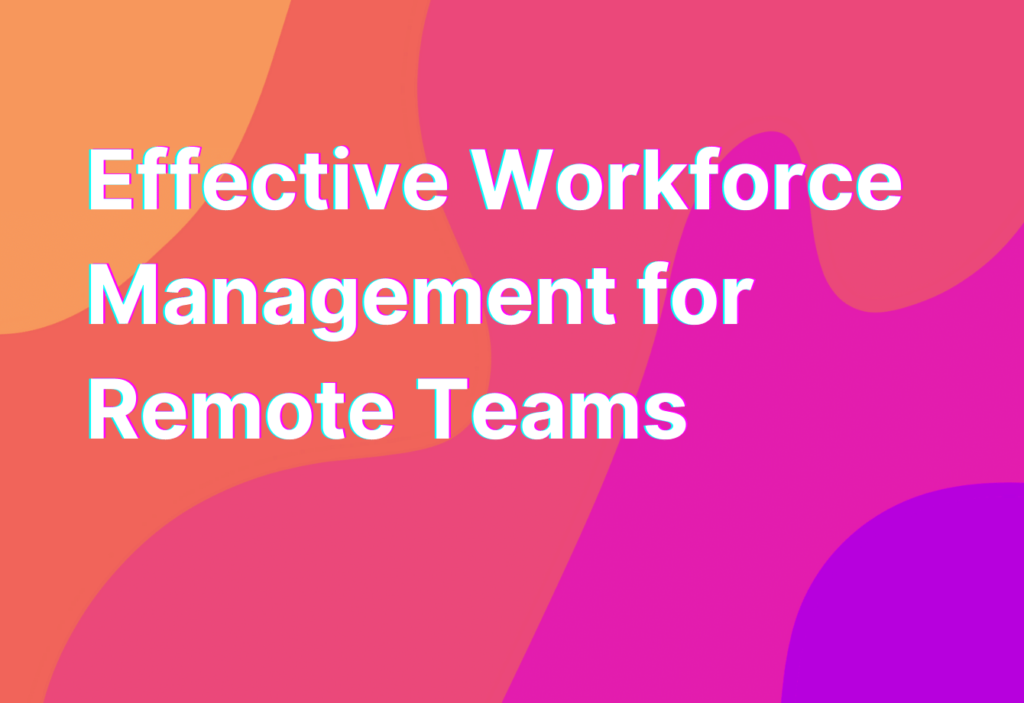Effective Workforce Management for Remote Teams
Managing a remote team can be both rewarding and challenging. With the rise of remote work, it’s important for businesses to have effective workforce management strategies in place to ensure productivity and collaboration. In this article, we’ll explore some key tips and best practices for managing remote teams.
1. Clear Communication
Communication is the foundation of any successful team, and it becomes even more crucial when working remotely. Without face-to-face interactions, it’s important to establish clear channels of communication to keep everyone on the same page.
One tool that can greatly enhance communication within remote teams is Trello. Trello allows you to create boards, lists, and cards to organize tasks and collaborate with team members. It’s a great way to keep everyone informed about project updates and deadlines.
2. Set Clear Expectations
When managing a remote team, it’s essential to set clear expectations from the start. This includes outlining work hours, availability, and deadlines. By setting clear expectations, you can avoid misunderstandings and ensure that everyone is on the same page.
Another important aspect of setting clear expectations is establishing a remote work policy. This policy should outline guidelines for remote work, including communication protocols, performance expectations, and any other relevant information.
3. Foster a Positive Team Culture
Building a positive team culture is essential for remote teams. Without the opportunity for in-person interactions, it’s important to create a sense of camaraderie and connection among team members.
One way to foster a positive team culture is through virtual team-building activities. These can include virtual happy hours, team challenges, or even online games. By creating opportunities for team members to connect and have fun together, you can strengthen the bond within your remote team.
4. Embrace Technology
Technology plays a crucial role in managing remote teams. There are numerous tools available that can help streamline workflows, enhance collaboration, and improve productivity.
For project management, tools like Asana and Monday.com can be incredibly useful. These platforms allow you to assign tasks, track progress, and collaborate with team members in real-time.
Additionally, video conferencing tools like Zoom and Microsoft Teams enable face-to-face interactions, even when team members are miles apart.
5. Provide Ongoing Support and Feedback
Supporting your remote team members is crucial for their success. As a manager, it’s important to provide ongoing support and feedback to help them thrive in their roles.
Regular check-ins and one-on-one meetings can provide an opportunity to address any challenges or concerns. It’s also important to recognize and celebrate achievements to boost morale and motivation.
Remember, managing a remote team requires adaptability and flexibility. By implementing these tips and best practices, you can effectively manage your remote team and achieve success.
Wrapping Up
Managing a remote team comes with its own set of challenges, but with the right strategies in place, it can be highly rewarding. Clear communication, setting clear expectations, fostering a positive team culture, embracing technology, and providing ongoing support are all key components of effective workforce management for remote teams.
By implementing these strategies, you can ensure that your remote team is productive, collaborative, and successful. For more tips on remote work and boosting productivity, check out our article on Agile workspace.


